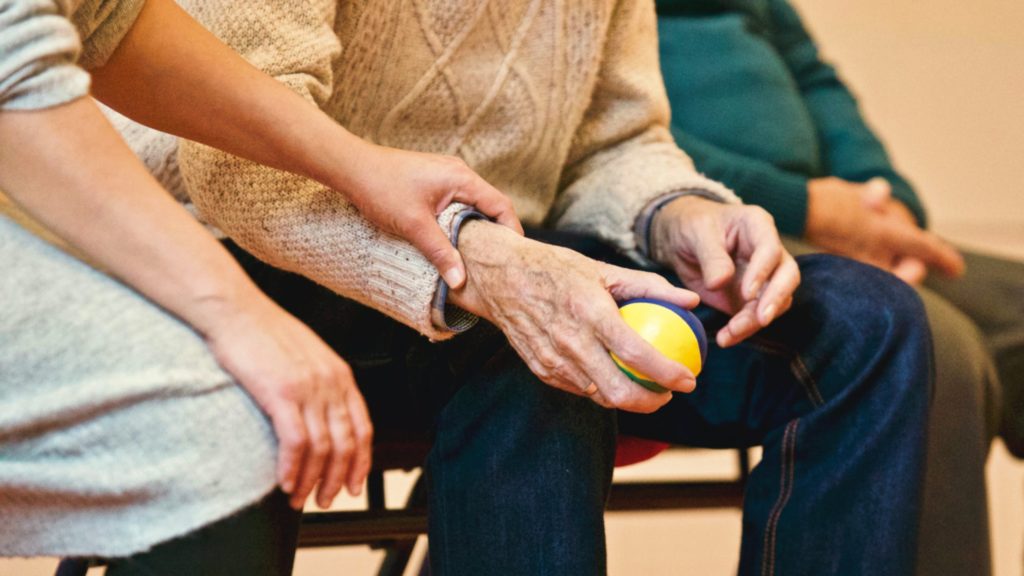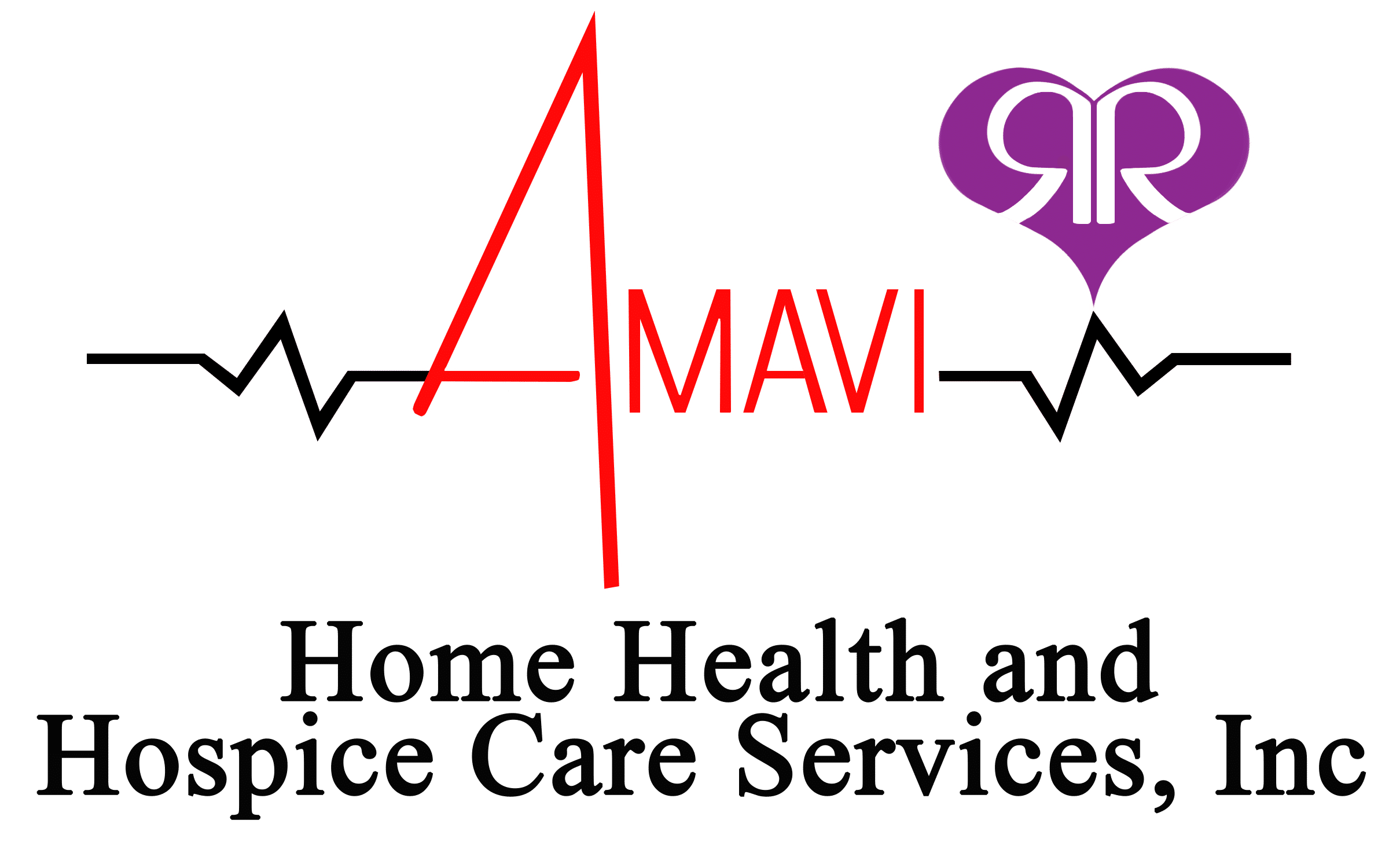Stroke is one of the biggest dangers that the elderly face. It is the fifth leading cause of death among people of that age group. As such, surviving a stroke is considered a miracle. However, home health care provider Amavi says they are not out of the woods yet.
Here, you should be ready to care for them as they recover. That can be quite a daunting task. In the second part of our continuing guide for stroke caregivers, Amavi teaches you how you can help your elderly loved ones gradually regain their footing and fully recover their independence.

FIRST PART: CARING FOR RECOVERING STROKE PATIENTS
The Types Of Stroke
Before we get into the actual care process, you need to familiarize yourself with the kinds of strokes that your loved one might encounter. This will help you better create a care plan for your loved one.
Ischemic Stroke
Ischemic strokes happen when there is a blockage of an artery leading to the brain. They are the most common type, occurring in 87% of cases. There are two subtypes here.
- Thrombotic stroke: This happens when a blood clot forms within the blood vessels in the brain. It can occur suddenly or gradually over hours or even days.
- Embolic stroke: The clot forms outside of the brain. However, it eventually travels into a blood vessel inside the brain, resulting in a blockage.
Hemorrhagic Stroke
In this type, a blood vessel within the brain leaks or ruptures. It makes up 40% of cases. An intracerebral stroke happens when a rupture occurs within the brain. Meanwhile, a subarachnoid stroke is when a leak forms in the space between the brain and the tissue that covers it.
Transient Ischemic Attack
Also referred to as a “ministroke”, a transient ischemic attack happens when there is a temporary interruption of blood flow. The clot then quickly disappears on its own. While the incident might lead to stroke-like symptoms, they don’t last for more than a day and permanently damage the brain. Nevertheless, they can increase the likelihood of an actual stroke later on.

The Challenges Facing A Recovering Stroke Patient
Depending on the type and severity of the stroke, recovering patients will face both short-term and long-term challenges. To better prepare yourself for caring for your loved one, you should also grasp these challenges fully.
Physical Challenges
One of the immediate physical challenges that recovering stroke patients encounter is movement. Here, 9 out of 10 patients will experience some form of paralysis after the initial event. Depending on the severity of the stroke, the paralysis might affect only a section of the body or have the patient completely immobilized.
Hemiplegia is a particular case wherein the paralysis occurs on only one side of the body. That makes it difficult for the patient to accomplish many tasks requiring both arms, for instance. A rarer case is locked-in paralysis where the patient is stuck in a certain position.
A less debilitating, but still significant, challenge is hemiparesis. It is the weakening of muscles on one side of the body. Here, your patient might still be able to perform some tasks but still require assistance.
Another physical condition that post-stroke patients encounter is spasticity. It happens when the patient’s muscles can’t translate the signals from their brain properly. It results in muscle cramps and spasms, which can hamper their ability to do everyday tasks.
Cognitive Challenges
Since strokes affect the brain, seniors also experience many cognitive challenges. These can be a lot more complex than the physical ones. Here, you might find your loved one exhibiting some unique symptoms. Nevertheless, there are also some common symptoms that you should watch out for.
Aphasia is a common cognitive and communication disorder here. It is characterized by the patient having difficulties understanding others and expressing themselves. There are various types of aphasia, ranging from simply not remembering the correct terms for things to being unable to respond to all forms of communication.
Memory loss is also common here, with a third of patients exhibiting symptoms. In older people, it might also result in dementia. Such a condition can sometimes make it hard for your loved one to relearn things.
IMPROVING COGNITIVE HEALTH IN THE ELDERLY
Emotional Challenges
All the above situations can also contribute to the emotional challenge that a recovering stroke patient and their caregiver encounter. Patients might face bouts of depression as they try to cope with the situation. On the other hand, you might also have a difficult time seeing your loved one in distress.
Such emotional challenges can affect the recovery effort. As such, you should be ready to meet these challenges and extend a hand to your loved one.

Creating A Care Plan For Your Loved One
The road to recovery can be a long one for stroke patients. As such, you need to create a plan of action that will help both them and you. The idea here is to help them adapt to their condition and regain their independence.
Adapting Your Home
The first order of business here is adapting your home to your loved one’s condition. Make modifications to your home based on their particular needs. For instance, you might need to widen or declutter hallways to allow for wheelchairs. You should also make things accessible to them without needing to move around a lot.
Falls are a particular situation that you need to watch out for. Nearly 76% of recovering stroke patients experience falls within the first six months after discharge. As such, you need to put preventive measures in place.
Encouraging Your Loved Ones To Stay Fit
During the first few months of recovery, stroke patients will often find it hard to move around. Thus, they might be tempted to stay sedentary. You should break this habit as it can slow down the recovery period.
Here, you can encourage them to exercise. Start with simple pines that they can do while staying in their bed. As they gradually recover their strength., you can encourage them to do more exercises that require them to get up. Adding other physical activities will also help them recover faster.
Preventing Future Strokes
The possibility of another stroke is always a risk for recovering patients. As such, you need to be aware of that possibility. Ensure that you follow all doctor recommendations to reduce that risk. That includes regularly monitoring your loved ones for potential signs and ensuring they take their medications correctly.
Additionally, explore other methods that will help them better manage their health. For instance, you can explore various techniques to lower your blood pressure. Consult doctors to get more ideas.

Getting The Help Of A Home Health Care Specialist
Trying to help your loved one recover on your own can require a lot of effort. As such, it would be a good idea to get the best help you can get. At Amavi, we offer top-notch home health care services that you will need.
Get access to expert caregivers that will assist your loved one at every stage. We can also help connect with other medical services that they will need for faster recovery. Contact us today and let’s get your loved one back in shape.
